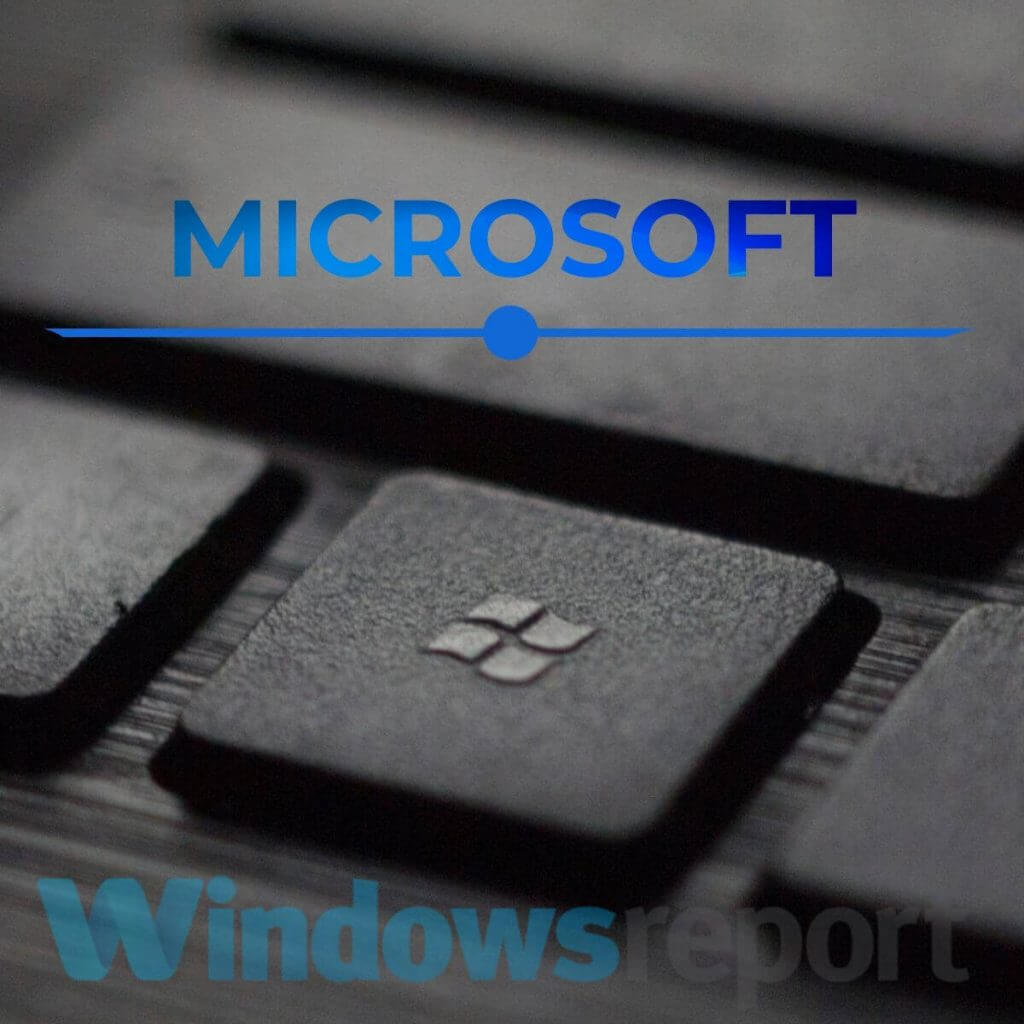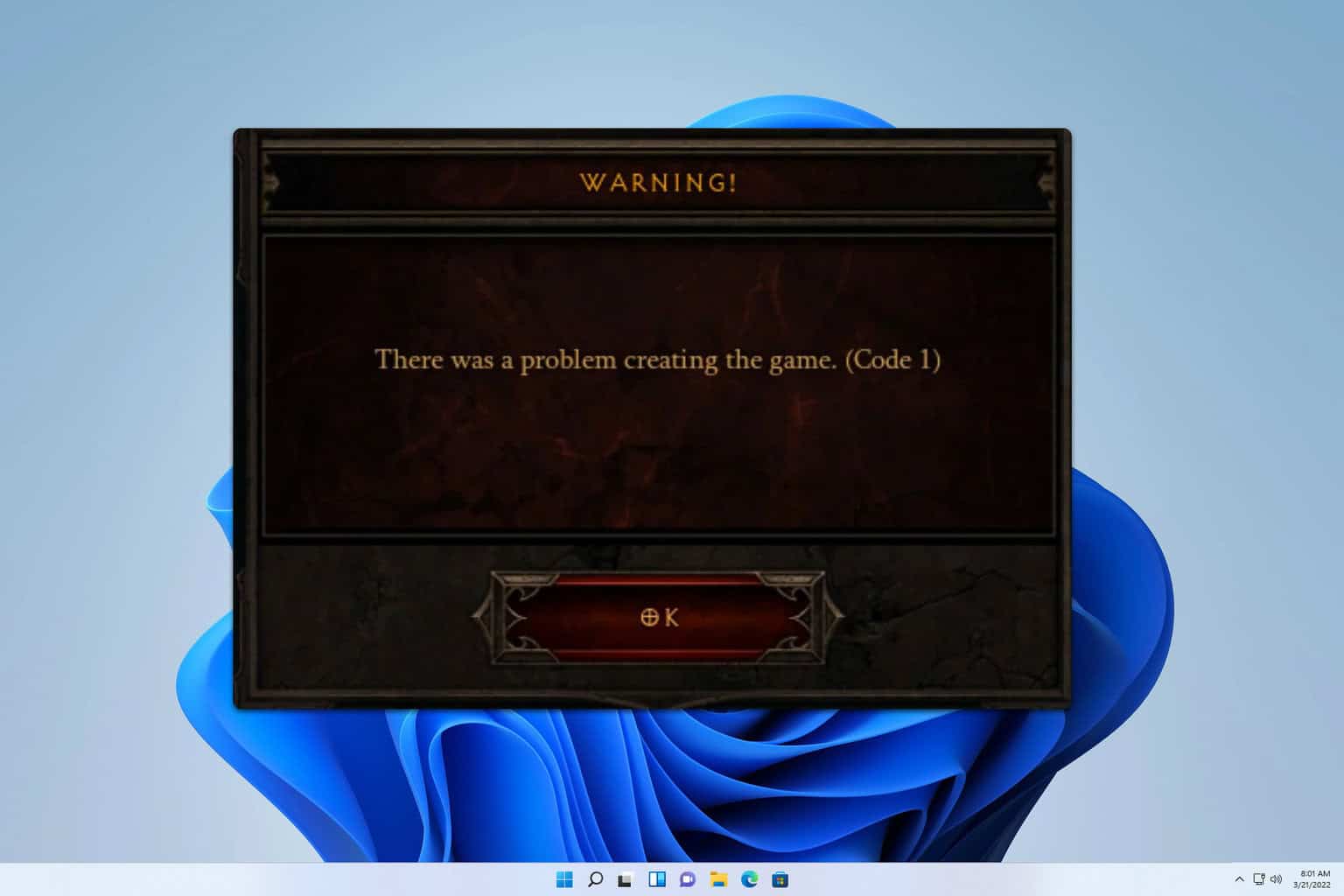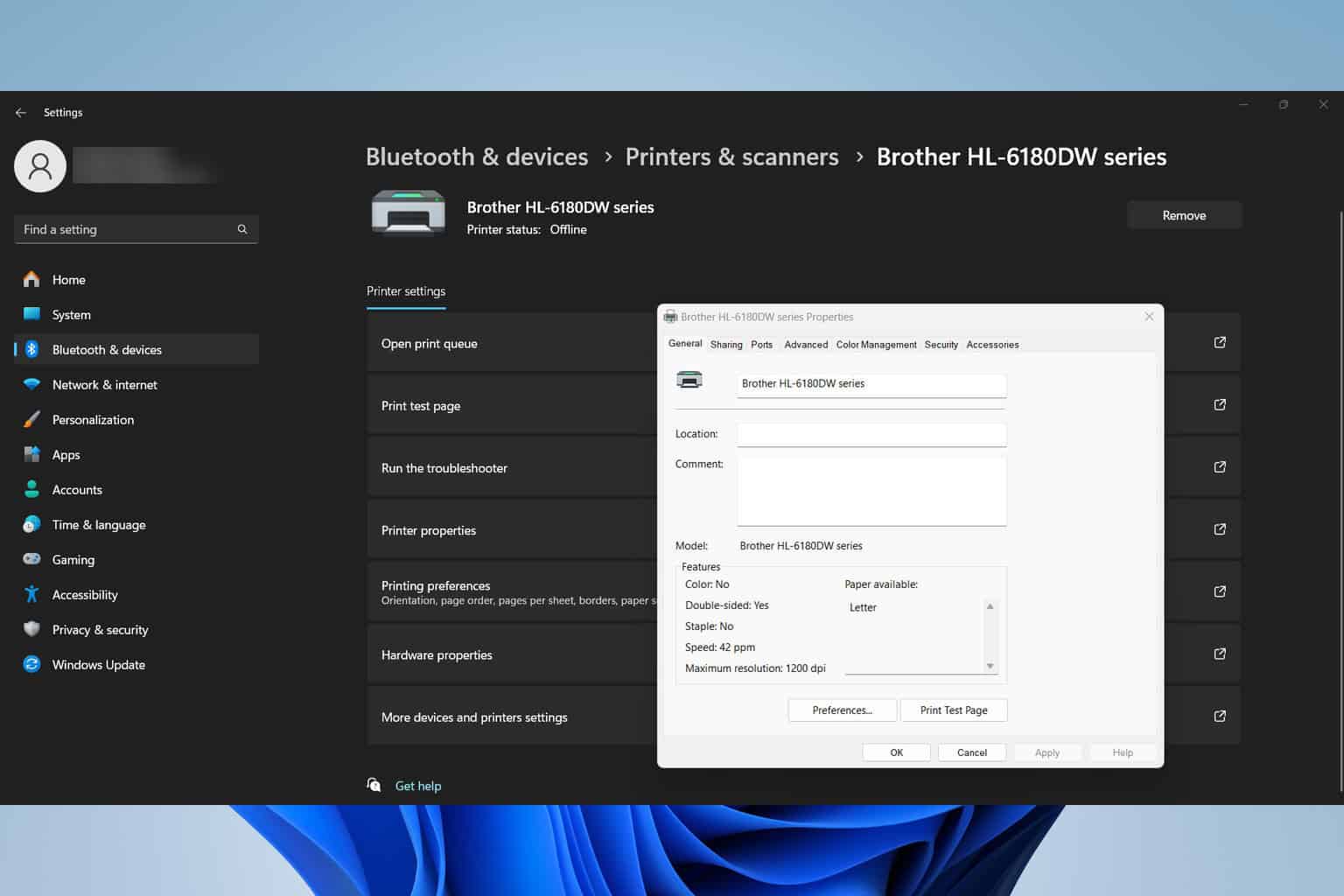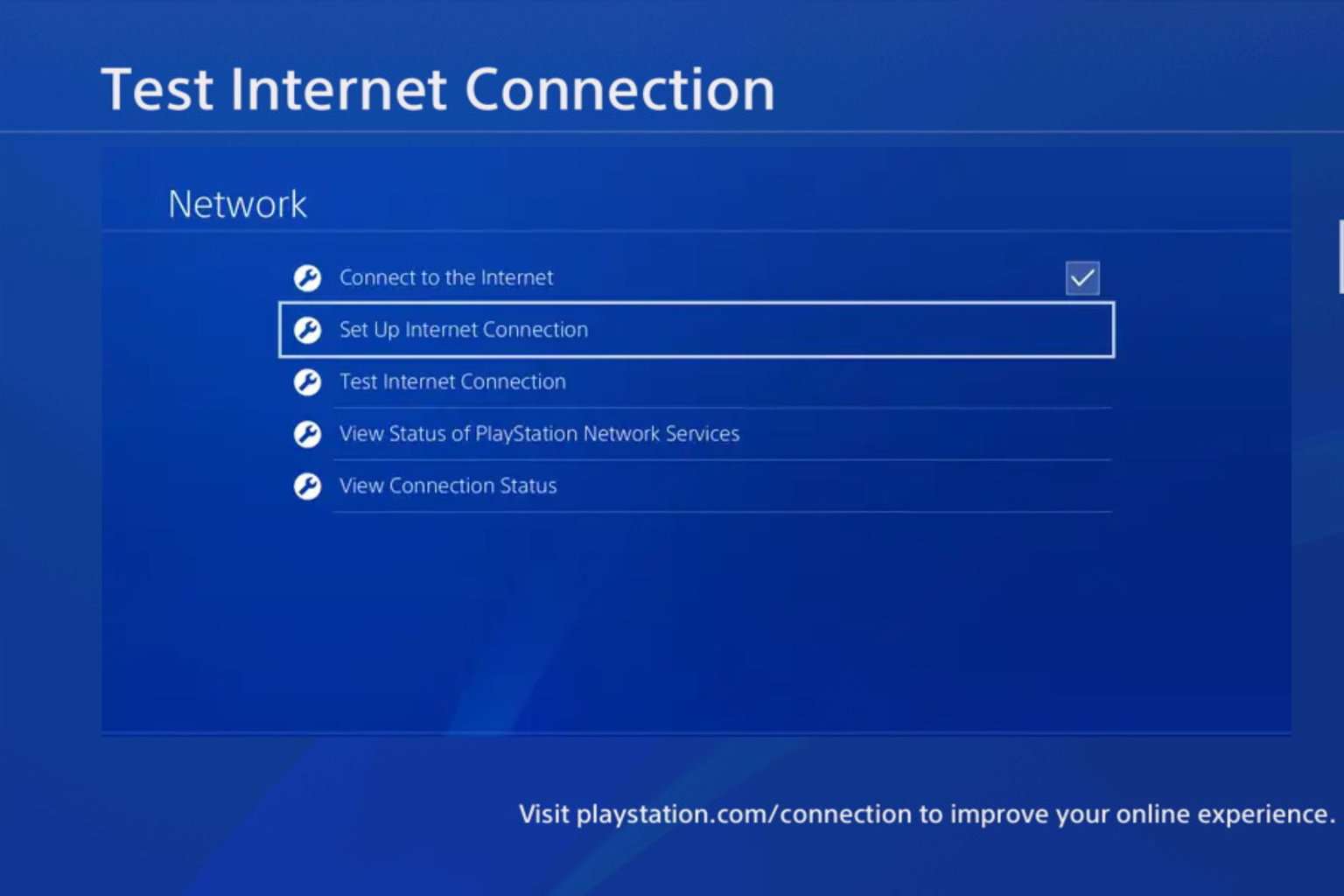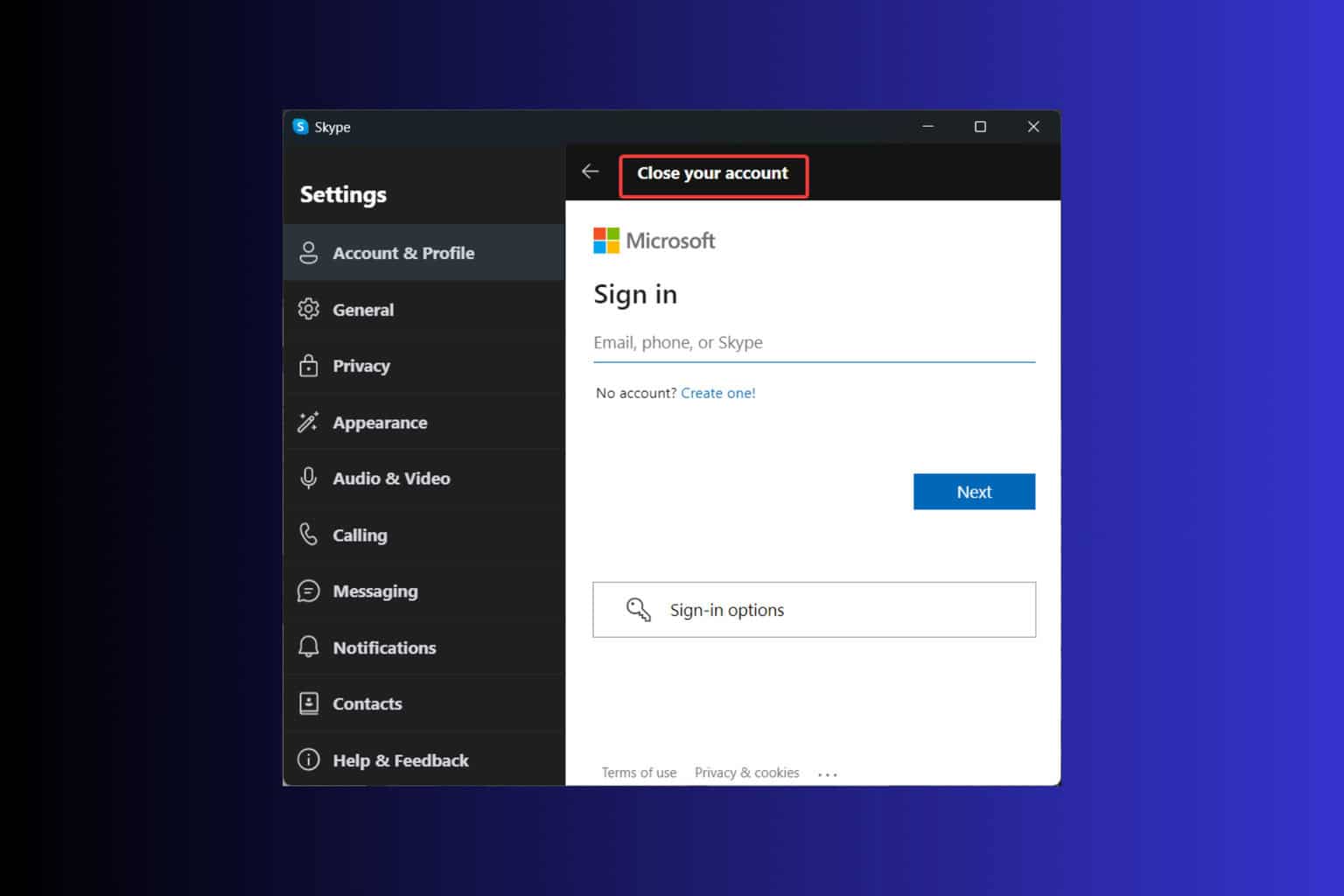Windows image file handling information disclosure vulnerability
3 min. read
Updated on
Read our disclosure page to find out how can you help Windows Report sustain the editorial team Read more

Have you ever encountered Windows image file handling information disclosure vulnerability alerts?
Having this issue on your computer system could allow remote third-party attackers to access important and private information stored on your hard-drive.
This can cause a wide range of issues – from losing payment data to completely losing control over your system, to different malicious software being installed on your machine.
Nobody wants to deal with this in the 21st century’s online environment.
In today’s article, we will explore some of the most important questions regarding this vulnerability, and also what can you do about it. Read on to find out more.
What are vulnerabilities and what Microsoft software was exposed to this exploit?
Vulnerabilities are caused by conflicts between memory operations and different software applications.
An online attacker can take advantage of that opening inside your system security and can use different tactics to exploit the target.
Microsoft has confirmed that they observed this vulnerability and released software updates to deal with this issue.
Here is a list of Microsoft products that were affected:
- Windows Server 2003 for 32-bit and x64-based Systems SP2
- Windows Vista SP2
- Windows Vista x64 Edition SP2
- Windows Server 2008 for 32-bit and x64-based Systems SP2
- Windows Server 2008 for Itanium-based Systems SP2
- Windows 7 for 32-bit and x64-based Systems SP1
- Windows Server 2008 R2 for x64-based Systems SP1
- Windows Server 2008 R2 for Itanium-based Systems SP1
- Windows 8 for 32-bit and x64-based Systems
- Windows 8.1 for 32-bit and x64-based Systems
- Windows Server 2012
- Windows Server 2012 R2
- Windows RT
- Windows RT 8.1
Worried about the SWAPGS vulnerability affecting your Windows 10 PC? Here’s the fix
How can an attacker get access to your files?
This specific vulnerability can be caused by your computer system by conflicting memory operations being performed while modifying PNG (.png) image files.
An attacker can use this opening in your security to convince you that the links or files they created are genuine original files.
If you fall into the trap and click/open one of the links/files, then the attacker gets access. He does so by exploiting the faulty way your PC is processing the information required.
If this point is reached, then (depending on your PC‘s security settings), the attacker might get access to sensitive files on your PC.
What can you do to keep your computer’s data safe?
Microsoft has released a series of actions that the user with administrator privileges could take to prevent the vulnerability affecting your privacy.
Here are some of the best actions you can take to make sure that never happens:
- Update your system to the latest Windows 10 release.
- Allow access to the network only to trusted users.
- Use the Microsoft Baseline Security Analyzer (MBSA) tool
- Configure the Microsoft Enhanced Mitigation Experience Toolkit (EMET) to work with the problematic software.
- Avoid opening email messages from suspicious sources.
- Do not use the administrator account when browsing the Internet.
Conclusion
In today’s article, we discussed what the Windows image file handling information disclosure vulnerability is, what causes it, on what products does it apply, and also what you can do about it.
Please feel free to let us know if this guide offered you comprehensive information about this issue.
You can do so by simply using the comment section found below.
READ ALSO:
- New Steam vulnerability might put your personal data at risk
- Yet another Windows zero-day vulnerability found by Kaspersky

